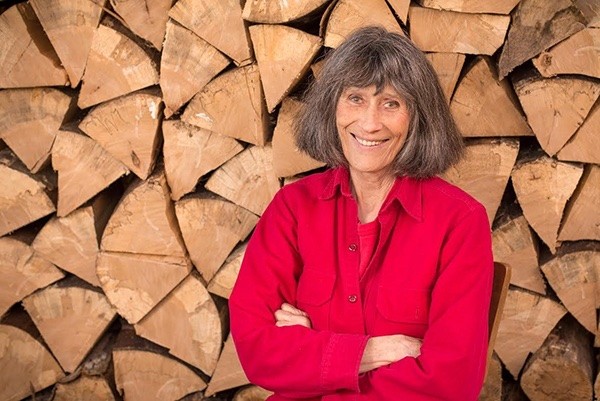Gwen Marston was a trendsetter in the quilting world. She passed away in April 2019. However she left a legacy for the modern quilting community. In this blog, we’ll take a look at some of the contributions that Gwen Marston made for modern quilters and some of the inspirations and techniques that drove her art.



What Inspired Gwen Marston’s Approach to Quilting?
Gwen Marston was inspired by antique quilts. A display of them in the early seventies prompted her to start quilting. Over time, she immersed herself in folk art and quilting books. She loved the work of other artists and also frequented museums.
Why Did Gwen Marston Focus on Smaller Quilts?
Gwen Marston focused on smaller quilts. This made it easier to explore more ideas in a shorter amount of time. Small quilts played a role in helping her develop techniques and aesthetic in her overall designs. Small quilts help quilters be more adventurous in their exploration of different design possibilities. There is also the benefit of less time and expense risk. Small quilts often lead to inspiration in larger quilt making. Successful designs on small quilts can be incorporated into larger quilts down the road.
Gwen Marston’s Approach to Liberated Quiltmaking
Gwen Marston would work with solid fabrics when she made her quilts. She preferred solids because the line and form of her designs would be very clearly defined. She also felt that solids created a very clear delineation between the various shapes used in her quilting.
She would decide on the basic form used to construct the piece she was going to work with. This would determine whether she worked in rows or began in the center and worked outward. After getting a rough sense of color and scale, she would start designing the quilt and working on it in an improvisational way.



Gwen Marston, teaches quilters to unique techniques for making unique quilts. Gwen takes the quiltmaker through each phase without the use of templates or predetermined designs, demonstrating how to work rather than prescribing the goal. The excitement of Liberated Quiltmaking methods keeps the quilter engaged throughout the process.
Another way that Marston incorporated the approach to creating the liberated quilt was sketching. Marston started with rough pencil sketches and then incorporated fabric sketches into her routine. This technique allowed her to experience color and shape more freely in her experimentations, freeing her up to work with them when she actually started a quilt.
What Quilting Class Should I Take To Take a More Liberated Approach to Quilting?
You can access to 2 incredible online courses taught by Marston and you can fin it here and here
Without the intention of comparing myself at all with the work of this incredible artist, and in a very humble way, our online quilting courses could help you explore freedom and expressivity in the quilts that you make. In the Curves and Transparencies course, you will learn how to make a mini quilt and you can later incorporate these into larger quilting designs. The Organic Shapes course is also a great course to incorporate more freedom into sewing shapes, starting first with smaller pieces. If you are new to improv quilting, you might also want to consider our Beginning to Improvise course which gets you into improv quilting, the first step to making liberated quilts.


